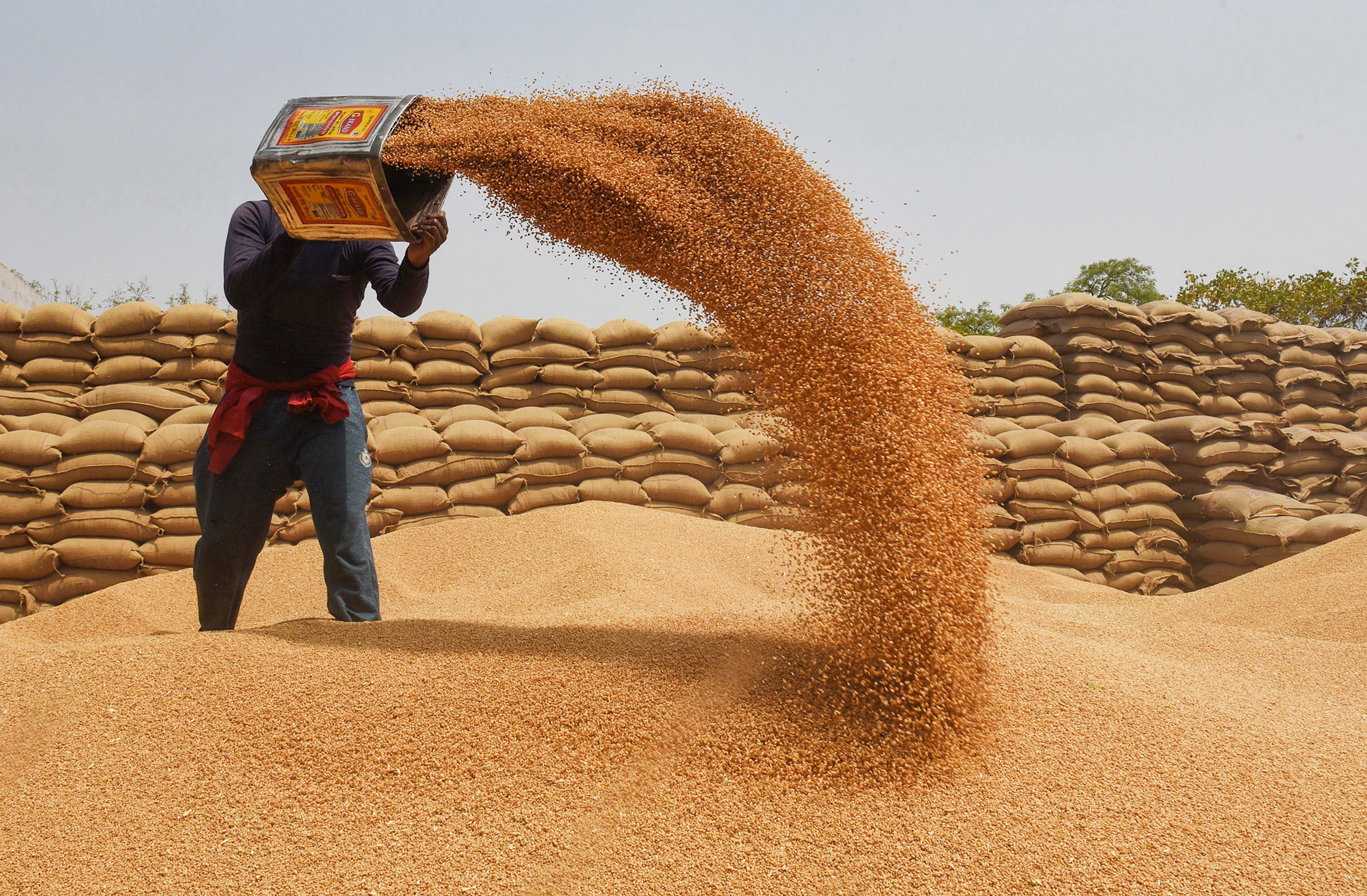Government to Sell Additional 50 Lakh Tons Wheat, 25 Lakh Tons Rice in Open Market in 2023

Government to Sell Additional 50 Lakh Tons Wheat, 25 Lakh Tons Rice in Open Market in 2023
“Wheat and rice prices have lately increased significantly…According to Food Secretary Sanjeev Chopra, the government has agreed to sell 50 lakh tonnes of wheat and 25 lakh tonnes of wheat under the Open Market Sale Scheme (OMSS).
To stop the price increase, the government stated on Wednesday that it would sell 25 lakh tonnes of rice and 50 lakh tonnes of wheat from the central pool on the open market.
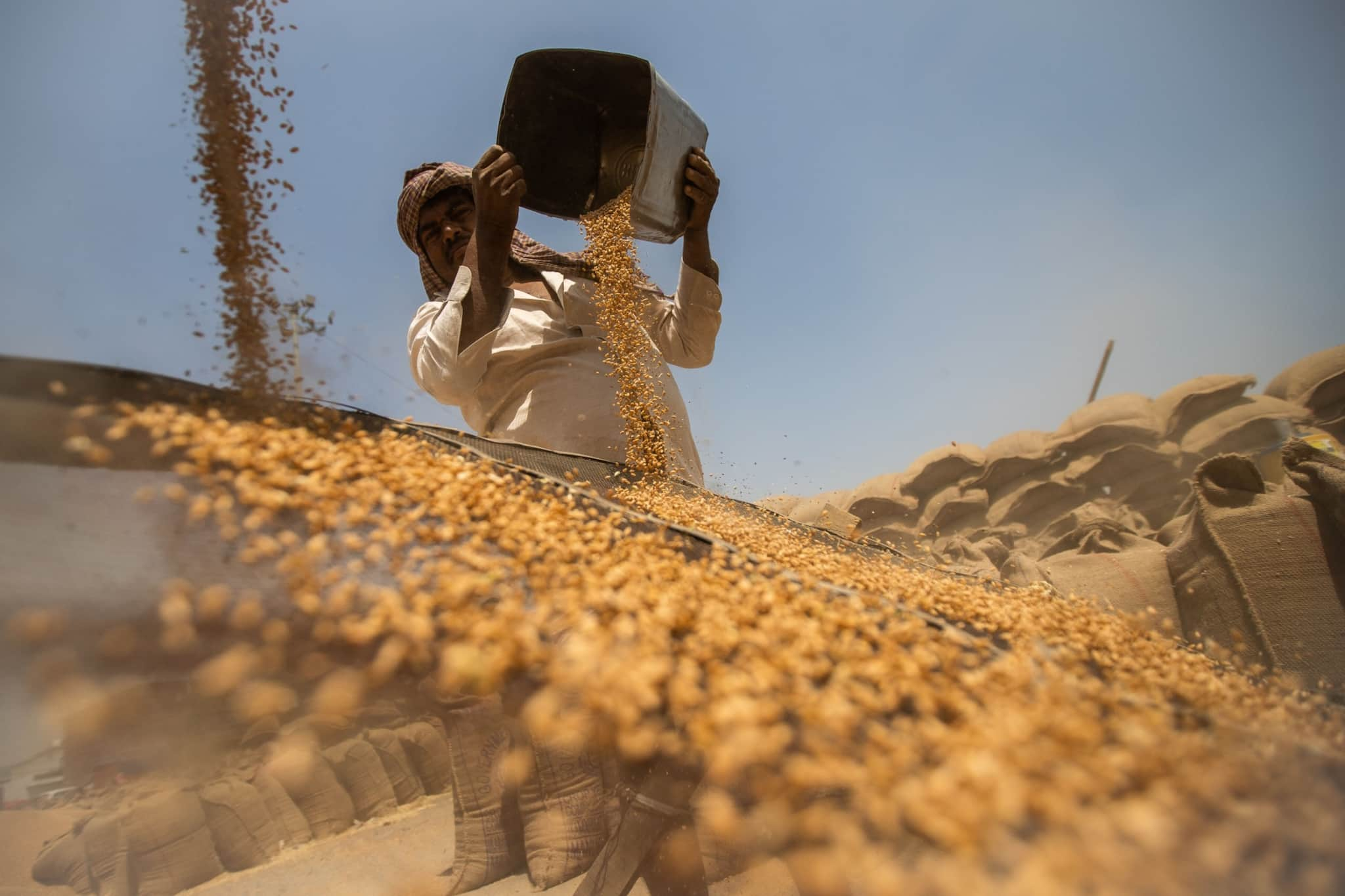
“Wheat and rice prices have lately increased significantly…According to Food Secretary Sanjeev Chopra, the government has agreed to sell 50 lakh tonnes of wheat and 25 lakh tonnes of wheat under the Open Market Sale Scheme (OMSS).
He noted that this is in addition to the 15 lakh tonnes of wheat and 5 lakh tonnes of rice sold through the OMSS and announced a few months ago.
According to him, the OMSS has sold roughly 7 lakh tonnes of wheat through electronic auction, but more rice still needs to be dealt with.
In an unprecedented move aimed at addressing rising inflation and stabilizing food grain prices in the domestic market, the government has announced the release of 50 lakh tons of wheat and 25 lakh tons of rice into the open market for the fiscal year 2023. This article explores this decision’s implications, reasons, and potential impacts.
India is one of the leading producers of wheat and rice globally. Both crops play a crucial role in ensuring food security for the nation. The country’s robust public distribution system relies on grain reserves maintained by agencies like the Food Corporation of India (FCI) to ensure that food grains are available at affordable prices, especially to the economically vulnerable.
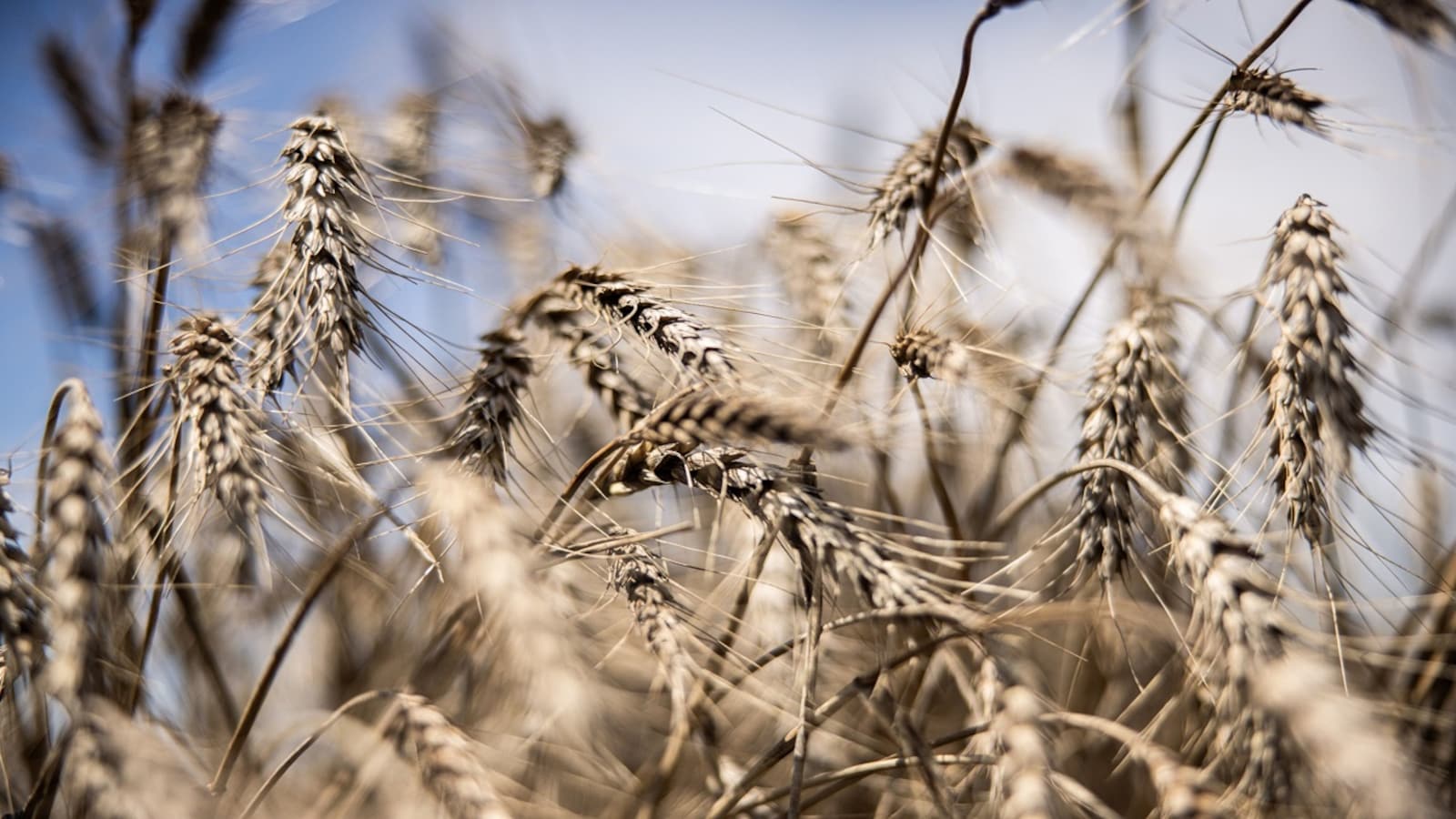
Over the past year, upward pressure has been on food grain prices, contributing to overall food inflation. By releasing additional stock, the government aims to stabilize and potentially reduce the costs by increasing supply.
The country witnessed a good monsoon season in 2022, leading to a wheat and rice bumper harvest. This has resulted in a surplus, which the government has now decided to distribute in the open market to prevent wastage and storage issues.
Due to surplus produce, FCI and other associated storage facilities often need help with storage issues. Releasing some surplus can ease the burden on these facilities and reduce losses due to inadequate storage.
The government can generate revenue by supplying grains to the open market, which can be funnelled back into developmental projects and other vital sectors of the economy.
The immediate beneficiaries of this move will be the consumers. The increased availability of grains in the market is expected to moderate prices, making essential staples more affordable. With a high inflow of wheat and rice in the market, grain millers, processors, and related industries may witness a boost in their operations, leading to increased economic activity in this sector.
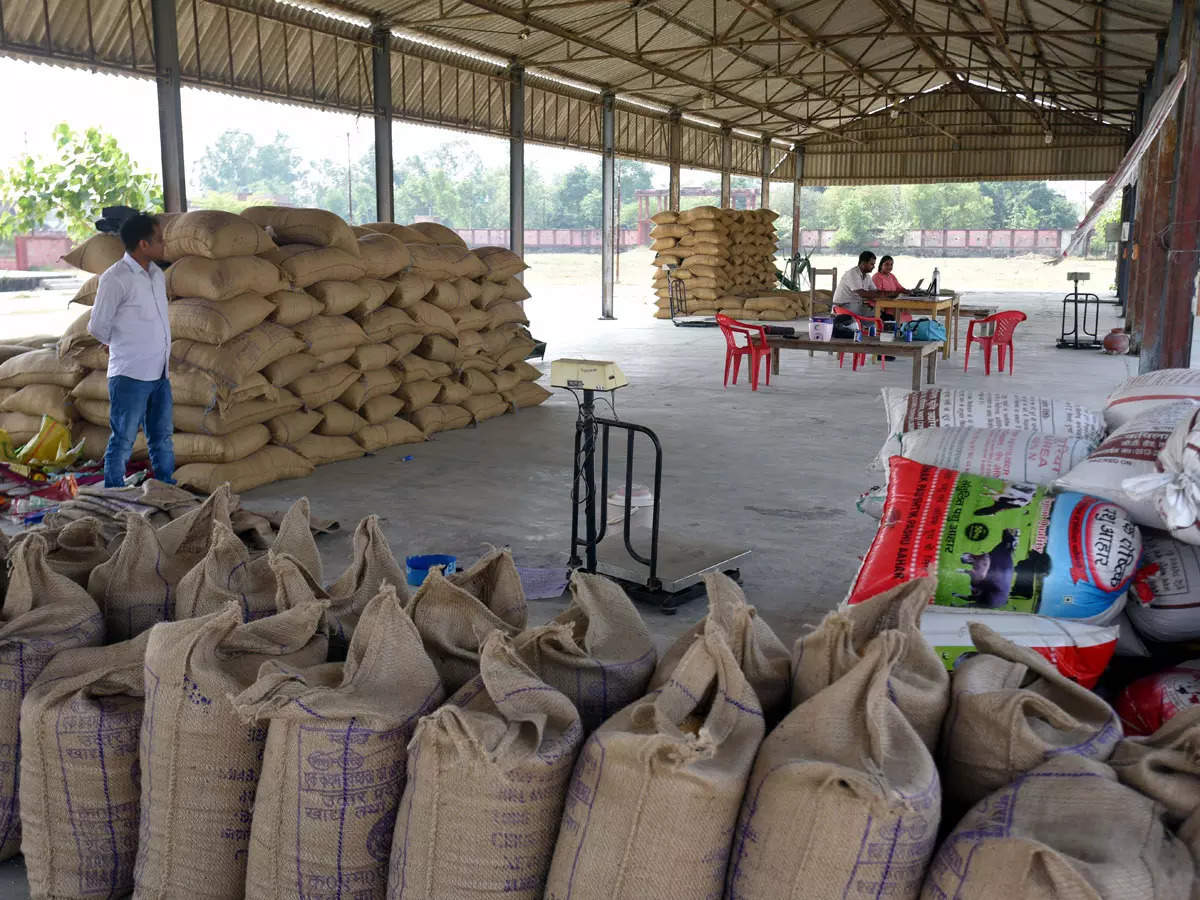
While consumers benefit from reduced prices, there’s a potential downside for farmers. If grain prices drop significantly, it could affect the income of farmers. The government needs to ensure that any price reduction in the market does not adversely affect farmers’ Minimum Support Price (MSP) for their produce.
With the release of such a large quantity of grains, the transportation and logistics sector may face challenges. Ensuring a smooth distribution will be crucial to avoid market disruptions and ensure the grains reach the intended markets promptly.
The government’s decision to release 50 lakh tons of wheat and 25 lakh tons of rice is a strategic move to address multiple challenges. While it is expected to bring relief to consumers and stimulate economic activity, careful management is essential to ensure that all stakeholders, especially farmers, benefit from this decision. Only time will reveal the long-term impacts of this strategy, but for now, it is a welcome step towards price stabilization and efficient grain management.
Governments typically maintain buffer stocks of essential commodities like wheat and rice to ensure food security, stabilize prices in the open market, and protect farmers from potential loss during surplus production years. The decision to release additional grains into the open market may be due to the following:
- Surplus production: A bountiful harvest can result in a surplus. Releasing this into the market can prevent storage losses and reduce the costs associated with warehousing.
- Storage constraints: As storage capacities are limited, selling excess stocks can free up space for new produce and reduce wastage.
- Market price stabilization: Releasing stocks can help control inflation and ensure that food prices remain affordable for the general populace.
A significant release of grains can exert downward pressure on market prices. This benefits consumers but can be detrimental to farmers if the market prices drop significantly below the cost of production.
The sale can generate revenue for the government, which can be reinvested in infrastructure, agricultural research, or other welfare schemes. This decision could influence international trade dynamics if India is a net exporter of these grains. Increased domestic supply may reduce the need for exports, impacting global prices and trade balances.
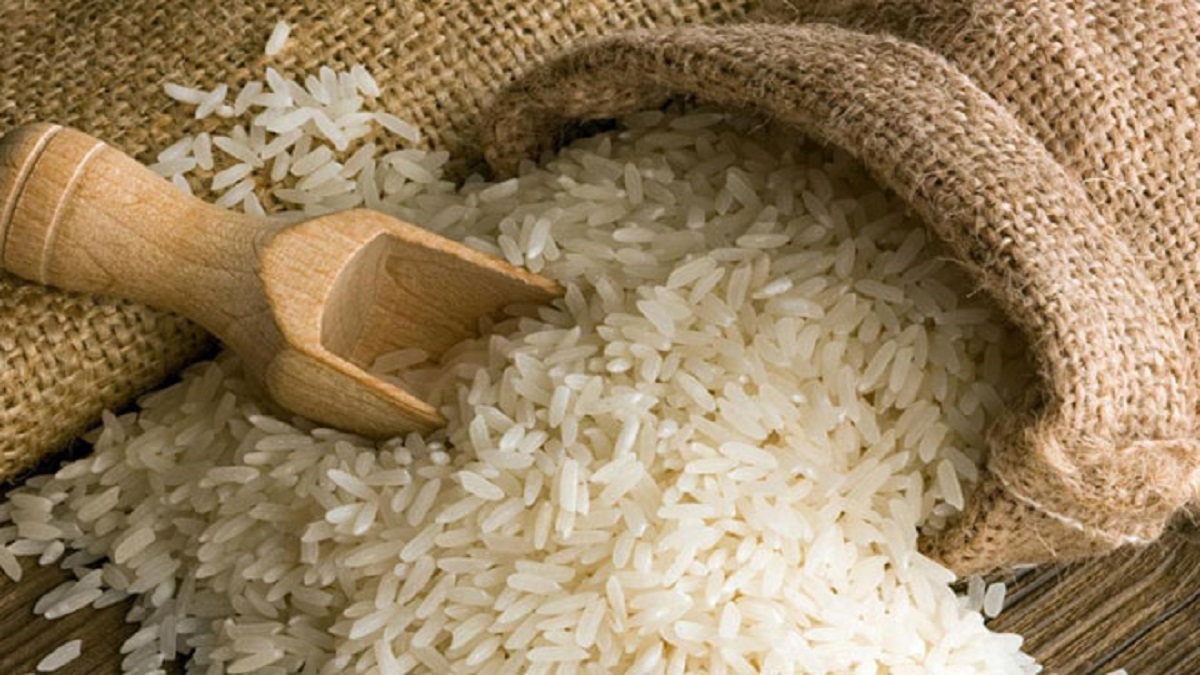
Selling grains ensures the stored produce is used before it goes wrong, thus maintaining the country’s food security. While consumers benefit from lower prices, farmers might feel the pinch if prices go too low. The government might need to reassure farmers, possibly with minimum support prices or direct income support.
Grains stored for extended periods can deteriorate in quality or be lost to pests. Selling them reduces such wastage, leading to more efficient utilization of resources like water and land used for cultivation. There might be concerns about the quality of the grains sold, especially if they have been stored for a long time.
Efficient mechanisms must be in place to ensure that grains reach the desired marketplaces and avoid causing localized gluts or shortages.
The decision to release additional stocks of wheat and rice into the open market is multifaceted. While it can be a measure to ensure optimal utilization of stored grains, protect food security, and stabilize market prices, it also presents challenges. The government would need to balance the interests of consumers and producers while ensuring the efficient distribution of thes

